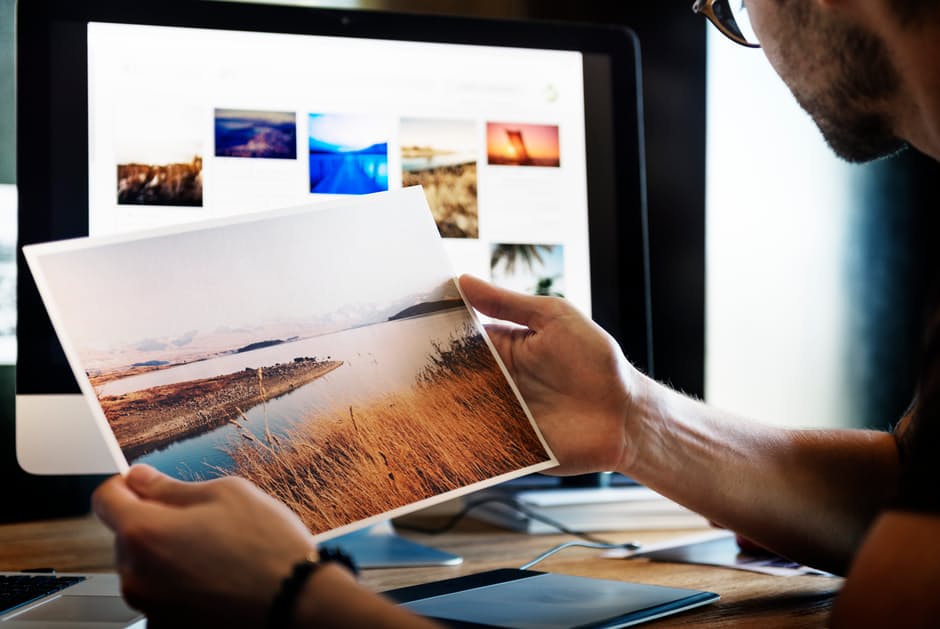![]()
Photoshop offers complete control over picture editing. From editing people into famous places around the world to replacing animal faces with human faces, Photoshop fanatics display all sorts of skills. If you are one too and want to learn to skilfully swap faces in Photoshop without letting anyone figure it out, follow the step-by-step tutorial below:
Make a Selection Using the Lasso Tool
Firstly, open the two images that you want to use and make a selection around the face using lasso tool. It is always best to use a larger face to swap into a smaller face image as it prevents pixelation. Make sure your selection includes all the features of the face. You can go back and edit your selection by holding Alt to subtract from the selection and hold Shift to add to the selection.

Copy & Paste the Face onto the Second Image
Once your selection has been made, press Ctrl J to copy the image onto a new layer. Now drag and drop the selection onto the second image.
Match the Selection to the Face
Bring down the opacity of your selection and resize it to fit the face you are swapping. Do not resize the selection from the corner but press Alt and drag the pivot point from the centre to the corner. Now when you will resize from the pivot point holding Shift, the selection will resize from the middle. You might also need to rotate the selection to fit it perfectly over the image. Once both the faces are aligned, bring the opacity back up.
Match the Skintone
If both the faces have different skin tones, you will need to match their skin colours so the selection perfectly fits the image you want it on. You can do so by holding Ctrl and pressing over the face selection layer. Now go to Image > Adjustment > Match Colour. In the Match Colour tab, go to Source and select the image layer and in the Layer option select background layer. Fade the colour of the face selection if it is too strong.
Zoom and Perfect the Skin Tone and Texture
Now you need to zoom in on the face to start working on the skin tone and texture so your selection merges perfectly with the background image. See if any of the images are more textured so you can fix it using the blur or sharpen tool. In order to change the texture, you will first need to lock the transparent pixels. Go to Filter and click on Gaussian blur. When a new window opens, move the slider to the right to blur the image. Once the desired blur level is achieved, click Ok. If more areas of the face require blur, use the Blur tool.
Duplicate the Background Layer
In order to swap faces, you will need to delete the face from the background layer. You can do so by clicking on the background layer and pressing Ctrl J to duplicate the layer. Disable the original background layer and press Ctrl and click on the face layer to make a selection. Now click on the duplicate background layer, go to Select > Modify > Contract. On the Contract window, enter a number for the amount of pixels you want to add. This will depend upon the size of your image and you might need to add 5, 10, or 20 pixels.
Now press Ok and see how your face selection expands in size from the edges. You can now disable the face layer and with the new background layer selected press the Delete key to remove the face. When you enable the face selection layer, it will fit over the empty pixels on your background image.
Bring the opacity back to 100% to see the face clearly. Press Ctrl D to deselect the face selection. Zoom out and press Shift and click on the duplicate background layer. When both the layers are selected, go to Edit and click Auto Blend Layers. In the Auto Blend Layers window, make sure Panorama, Seamless Tones and Colours, and Content Aware Fill Transparent Areas selected. Press Ok and see the difference that Photoshop makes to the image. This option helps blend the edges of the two layers, making the image seem one.
